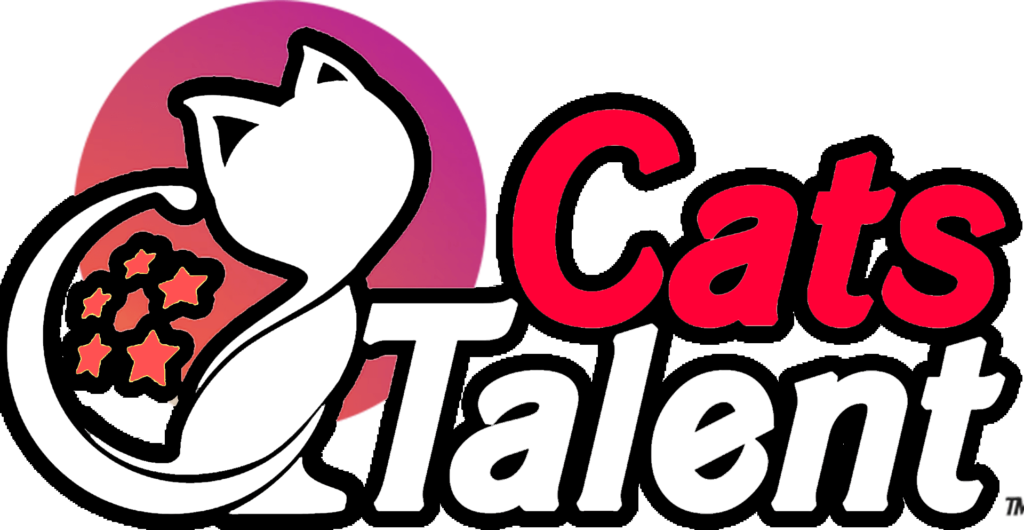As a cat owner, one of the most important decisions you will make is what to feed your feline friend. With so many options on the market, it can be overwhelming to choose the best cat food for your furry companion. To help you make an informed decision, we have compiled expert tips on selecting the best cat food for your cat.
First and foremost, it is essential to understand that cats are obligate carnivores, which means they require a diet high in animal-based protein to thrive. When selecting cat food, be sure to read the label and choose a food that lists a high-quality protein source as the first ingredient, such as chicken, fish, or beef. Avoid foods that contain a lot of filler ingredients like corn, wheat, and soy, as these do not provide essential nutrients for your cat.
In addition to a high-quality protein source, cats also require a balanced diet that includes essential vitamins, minerals, and fats. Look for a cat food that contains added taurine, an essential amino acid that cats cannot produce on their own. Taurine is crucial for overall health, especially for maintaining healthy heart function and vision.
When choosing a cat food, consider your cat’s age, activity level, and any health conditions they may have. Kittens, for example, require a diet higher in calories and protein to support their growth and development, while senior cats may benefit from a diet that is lower in calories to help maintain a healthy weight.
If your cat has a specific health condition, such as kidney disease or diabetes, it is essential to consult with your veterinarian to determine the best diet for your cat’s needs. Your vet may recommend a prescription diet that is specially formulated to support your cat’s health condition.
In addition to considering your cat’s individual needs, it is also important to choose a cat food that is made by a reputable brand. Look for a cat food that is AAFCO (Association of American Feed Control Officials) approved, which means that the food meets specific nutritional guidelines for cats. Avoid generic or store-brand cat foods, as they may not provide the necessary nutrients for your cat.
When it comes to choosing between wet and dry cat food, both options have their pros and cons. Wet cat food is higher in moisture content, which can help keep your cat hydrated and prevent urinary tract issues. However, wet cat food can be more expensive and may spoil more quickly than dry food. Dry cat food is more affordable and convenient, but it may not provide enough moisture for cats who do not drink enough water.
Many cat owners opt for a combination of wet and dry cat food to provide their cats with a balanced diet. This allows cats to benefit from the moisture content of wet food while still enjoying the convenience of dry food. When feeding a combination of wet and dry cat food, be sure to adjust the amount you feed accordingly to prevent overfeeding.
In addition to choosing the right type of cat food, it is important to pay attention to your cat’s eating habits and body condition. Monitor your cat’s weight regularly and adjust their food intake as needed to maintain a healthy weight. If your cat is losing or gaining weight unexpectedly, consult with your veterinarian to rule out any underlying health issues.
Finally, remember that every cat is unique, and what works for one cat may not work for another. Be patient and willing to experiment with different brands and flavors to find the best cat food for your feline friend. Pay attention to your cat’s overall health, energy levels, and coat condition to determine if the food you are feeding is meeting their nutritional needs.
By following these expert tips and listening to your cat’s individual needs, you can ensure that you are providing your feline friend with the best possible nutrition. Remember that proper nutrition is essential for your cat’s overall health and well-being, so take the time to research and choose the best cat food for your furry companion.





